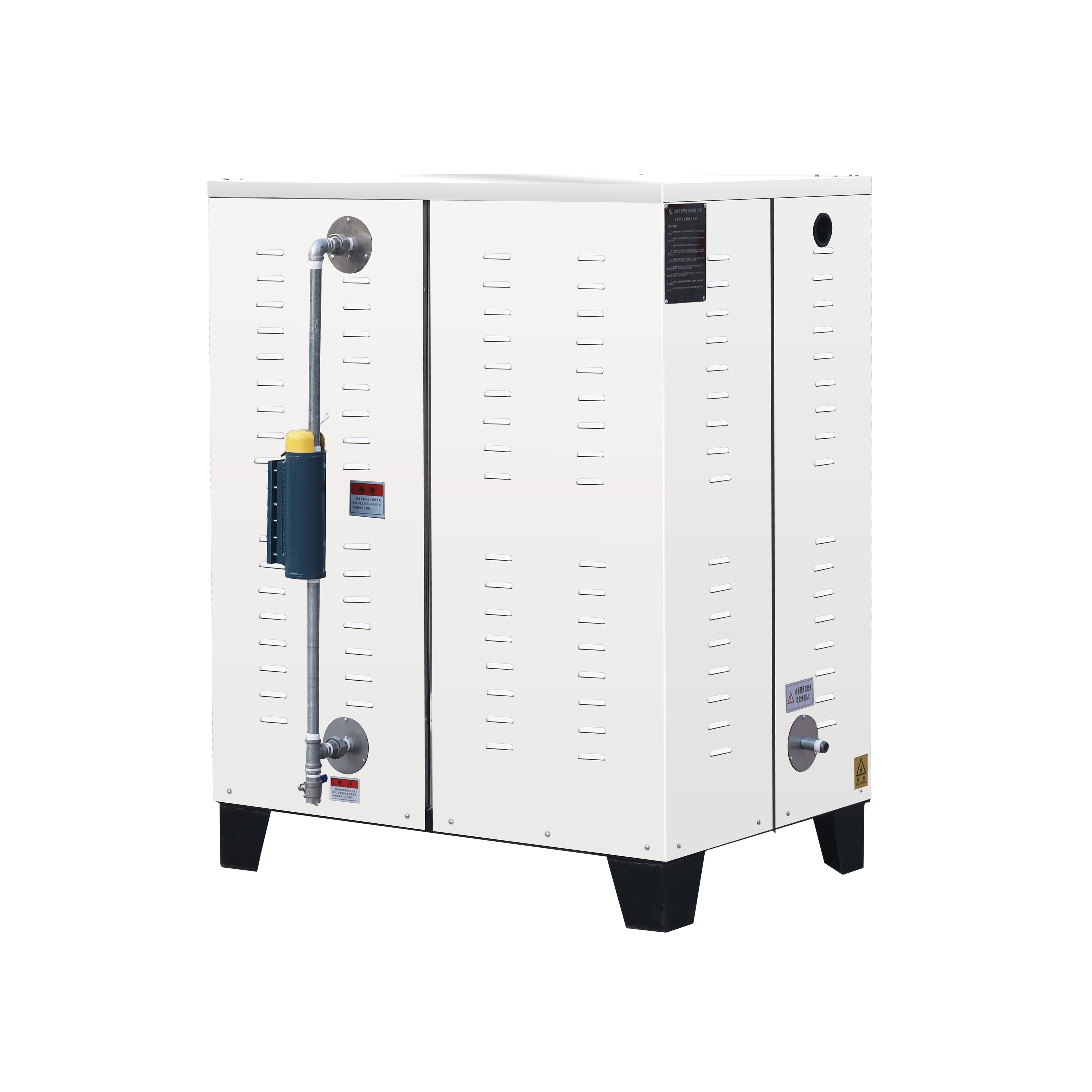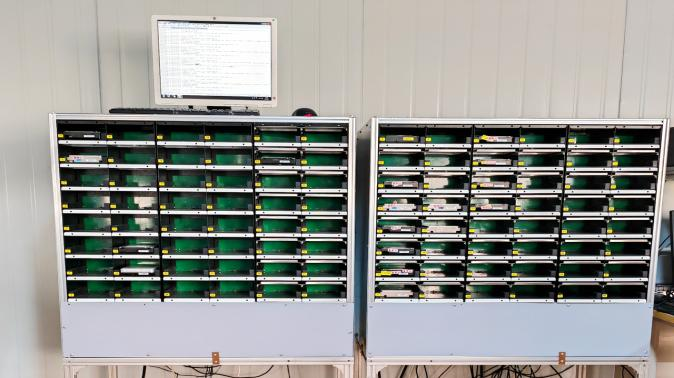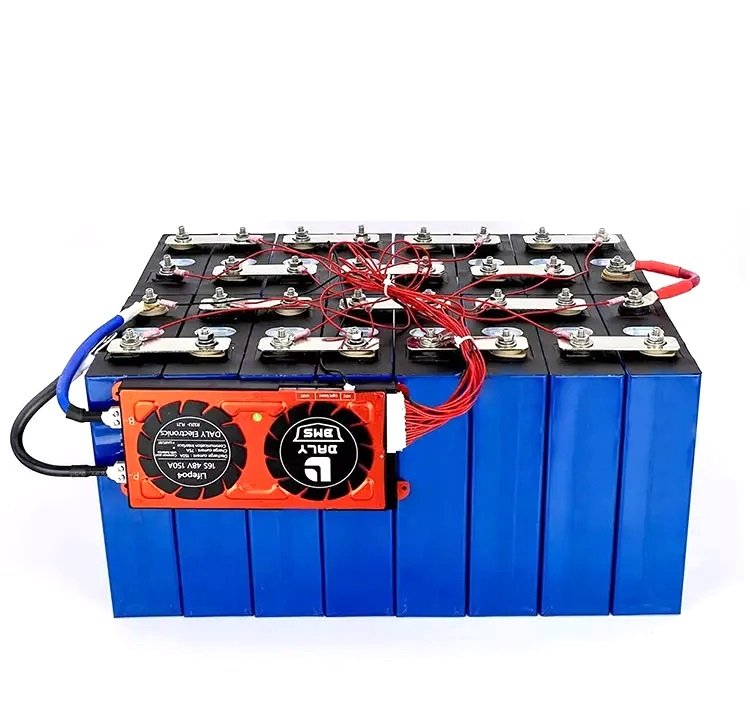The importance of efficient air movement in various industrial, commercial, and residential applications cannot be overstated. Whether it's ensuring optimal cooling for electronic components or maintaining indoor air quality, the role of fans is indispensable. Among the various types of fans, DC centrifugal fans stand out for their precision, energy efficiency, and adaptability to a wide range of environments. In this article, Caforre delves deep into the world of DC centrifugal fans, exploring their fundamental principles and design. By thoroughly understanding these aspects, engineers and professionals can make informed decisions that enhance system performance and reliability.

Unique Design of DC Centrifugal Fans
The design of a DC centrifugal fan is carefully crafted to maximize performance and durability. The key components include:
Impeller
The impeller is the rotating component that drives air through the DC centrifugal fan. The blades of the impeller are typically curved, a design choice that enhances the efficiency of air movement by reducing turbulence and increasing pressure. The material used for the impeller must withstand high rotational speeds and resist corrosion, particularly in industrial environments. The number of blades, their curvature, and the angle at which they are set all play a role in determining the airflow characteristics and efficiency of the fan.
Housing
The housing, or casing, encases the impeller and serves to direct the airflow in and out of the fan. Most DC centrifugal fans have a scroll or volute-shaped housing, which optimizes the air path, minimizes energy loss, and reduces noise by smoothing out the airflow as it exits the fan. The housing also provides structural support to the fan and protects the impeller from damage and debris. In some designs, the housing may include additional features such as sound-dampening materials or thermal insulation to further enhance performance.
Inlet and Outlet
The design of the inlet and outlet is critical to the overall performance of the fan. The inlet is usually centrally located, directly aligned with the impeller's axis, allowing air to enter with minimal resistance. The outlet, positioned tangentially to the impeller, allows the accelerated air to exit efficiently. The size, shape, and placement of these components are optimized to ensure smooth airflow, minimize turbulence, and maximize the pressure and velocity of the outgoing air.
The precise engineering of these components ensures that DC centrifugal fans operate efficiently, with minimal energy waste and noise production. The combination of a well-designed impeller, housing, and motor results in a fan that is both powerful and adaptable to a wide range of applications.
How DC Centrifugal Fans Operate
The Physics Behind Centrifugal Fans
The operation of a DC centrifugal fan is grounded in the principles of fluid dynamics and thermodynamics. When the fan's motor drives the impeller, it causes air to be drawn into the fan through the inlet, located at the center of the impeller. The impeller's blades impart kinetic energy to the air, accelerating it radially outward due to centrifugal force. As the air moves outward, its velocity increases, and it is expelled through the outlet at a higher pressure than when it entered.
This process is particularly effective for generating directed, high-pressure airflows, which are essential for overcoming resistance in ducts or other confined spaces. The ability of centrifugal fans to increase air pressure makes them suitable for applications that require moving air through filters, heat exchangers, or other devices that create resistance to airflow.
The performance of a DC centrifugal fan can be characterized by several parameters, including the airflow rate (measured in cubic feet per minute, or CFM), static pressure, and efficiency. The design of the impeller, the speed at which it rotates, and the shape of the housing all influence these parameters. Engineers can adjust these variables to tailor the fan's performance to the specific needs of an application, whether that be maximizing airflow, reducing noise, or optimizing energy efficiency.
Electrical Characteristics of DC Motors
DC motors in centrifugal fans are designed to offer precise control over the fan's operation. The speed of a DC motor is directly proportional to the voltage applied; thus, adjusting the voltage allows for fine-tuning of the fan speed. This capability is particularly useful in applications where the demand for airflow varies, such as in electronic cooling systems that need to adapt to changing thermal loads.
Pulse-width modulation (PWM) is a common method used to control DC motor speed. By rapidly switching the motor's power on and off, PWM adjusts the effective voltage supplied to the motor, allowing for precise speed control without significant energy loss. This method is not only efficient but also reduces wear on the motor by providing smooth adjustments to speed.
Another advantage of DC motors is their ability to maintain torque across a wide range of speeds, which is essential in maintaining consistent airflow in variable conditions. This characteristic is particularly valuable in applications where airflow must be maintained regardless of external factors, such as in industrial ventilation systems or automotive applications where conditions can change rapidly.
Thermodynamics of Airflow
Understanding the thermodynamics of airflow is crucial to optimizing the performance of DC centrifugal fans. As air passes through the fan, the work done by the impeller increases the kinetic energy of the air, which is reflected in an increase in velocity and pressure. This energy transformation is governed by the principles of conservation of energy and fluid dynamics.
The efficiency of this energy conversion process depends on the design of the fan components. For example, the shape and size of the impeller blades determine how effectively they can transfer energy to the air. Similarly, the design of the housing influences how smoothly air flows through the fan, affecting the overall efficiency of the system.
The temperature of the air also plays a role in the fan's performance. As air is compressed by the fan, its temperature can increase, particularly in high-pressure applications. This heating effect can impact the overall efficiency of the fan and the systems it supports, such as cooling systems for electronic devices. Engineers must consider these thermodynamic factors when designing and selecting DC centrifugal fans to ensure they meet the specific needs of their applications.
DC centrifugal fans are a critical component in many modern systems, offering a blend of efficiency, reliability, and versatility. Their unique design allows them to generate high-pressure airflows, making them indispensable in applications ranging from electronics cooling to HVAC systems. While there are challenges associated with their use, the advantages often outweigh these concerns, particularly in energy-sensitive and high-performance environments.
https://www.szcaforre.com/Centrifugal-Fan.html
www.szcaforre.com
Caforre Technology




